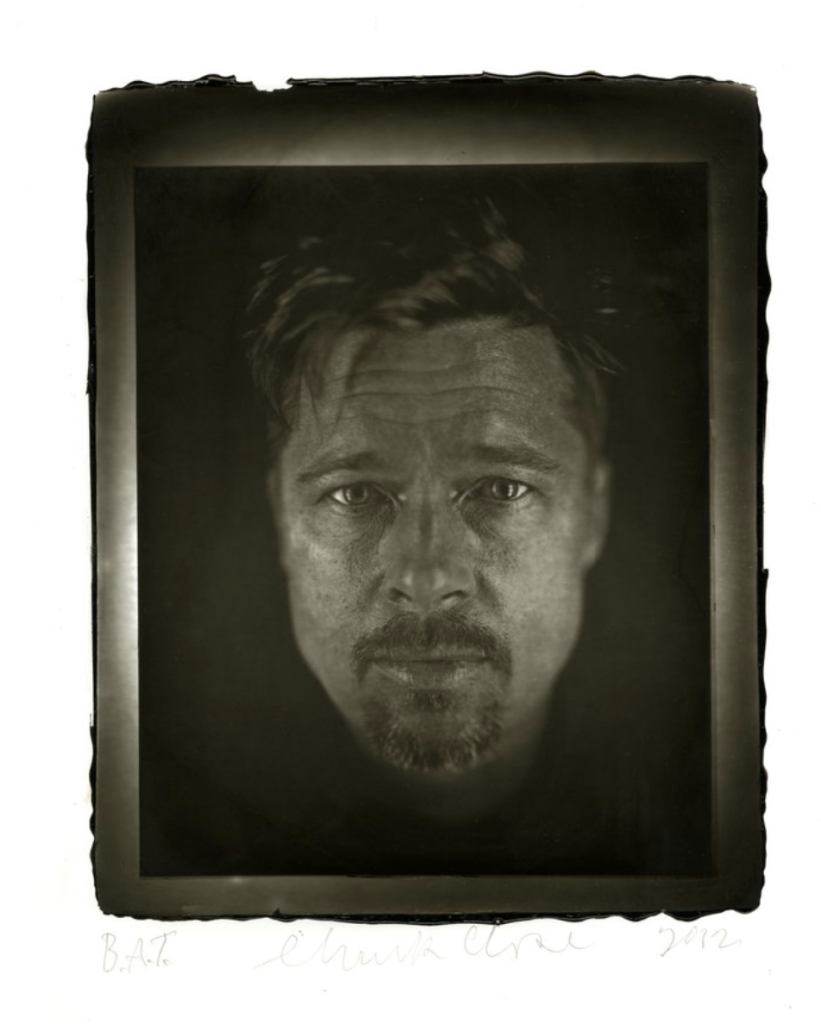In the 18th century, photography was a rapidly evolving technology that revolutionized how people create imagery. Early photographic processes were developed in the 18th century but were largely experimental.
As photography became more commercial in the 18th century. This led to the development of new photographic processes, such as the ambrotype and the tintype, which were cheaper and quicker than the daguerreotype but this was one of the earliest photographic processes. Invented by French artist Louis Daguerre in 1839. The daguerreotype process consisted of these key steps:
- Preparation: The first step in the process was to prepare a silver-plated copper plate. The plate was polished until it was mirror-smooth, and then it was sensitized by exposing it to iodine vapour. This created a light-sensitive surface on the plate.
- Exposure: Once the plate was sensitized, it was loaded into a camera and exposed to light. The exposure times varied depending on the available light and the sensitivity of the plate but could range from several seconds to several minutes.
- Development: After the exposure, the plate was developed by exposing it to mercury vapour. This caused the image to appear on the plate. The image was composed of tiny particles of metallic silver that had been formed by the reaction of light with the sensitized surface of the plate.
- Finishing: Once the image was developed, the plate was fixed in a solution of sodium thiosulfate to make the image permanent. Then it was washed in water and sometimes toned with gold chloride to give it a warmer tone. Finally, it was sealed under glass and often placed in a protective case.
Daguerreotypes create highly detailed images with a unique look due to the way the process corresponds to UV light with a metallic quality. This process can be expensive and time-consuming. Used for mostly formal portraits. Artist Chuck Close became known for using this process in the 2000s. Creating portraits of Kate Moss and Brad Pitt amongst others, putting the process in a new contemporary light.

Newer photographic techniques, such as wet plate collodion surpassed the daguerreotype process. Even so, daguerreotypes remain an important part of the history of photography, and the uniquely beautiful results that can be achieved still hold up today. Even though this is a mostly obsolete process. I think this would be interesting to learn and help develop my photographic practice.
